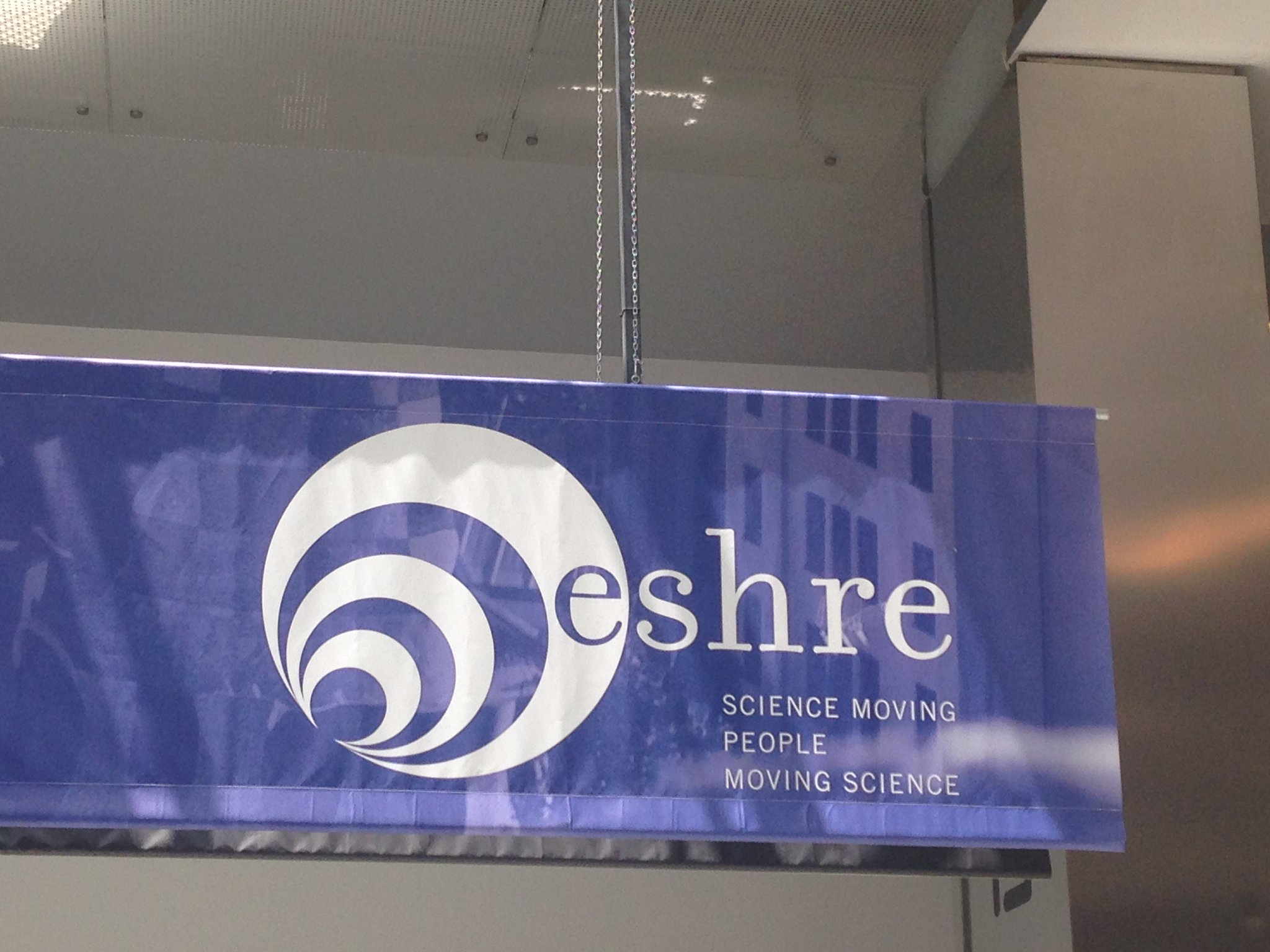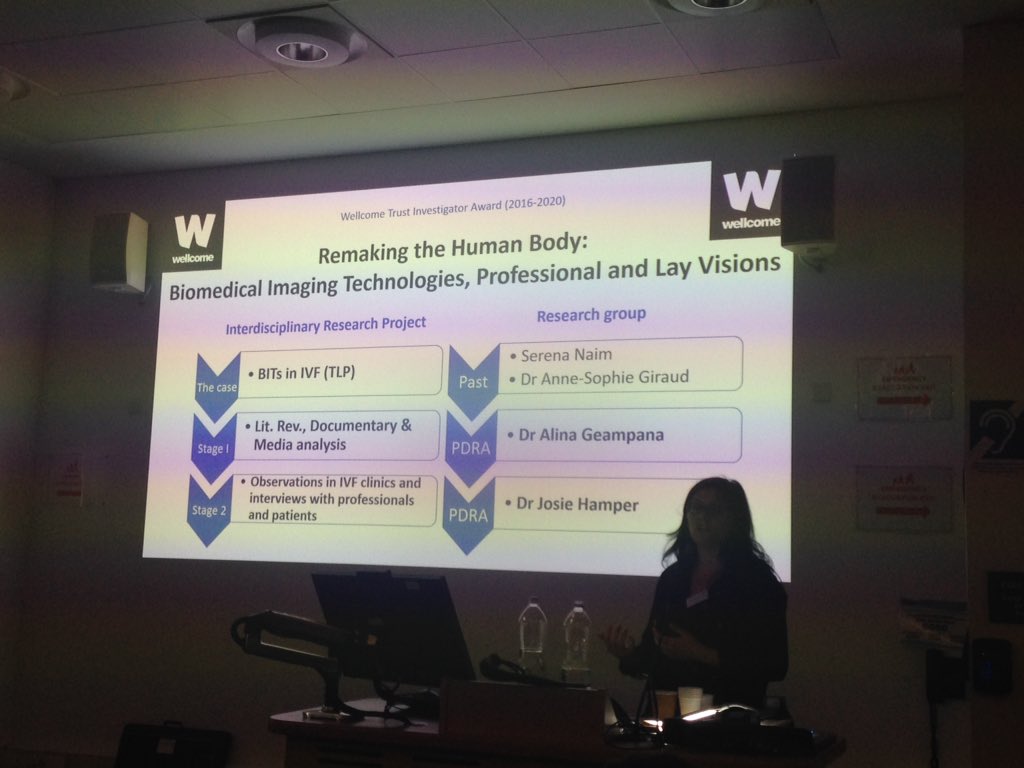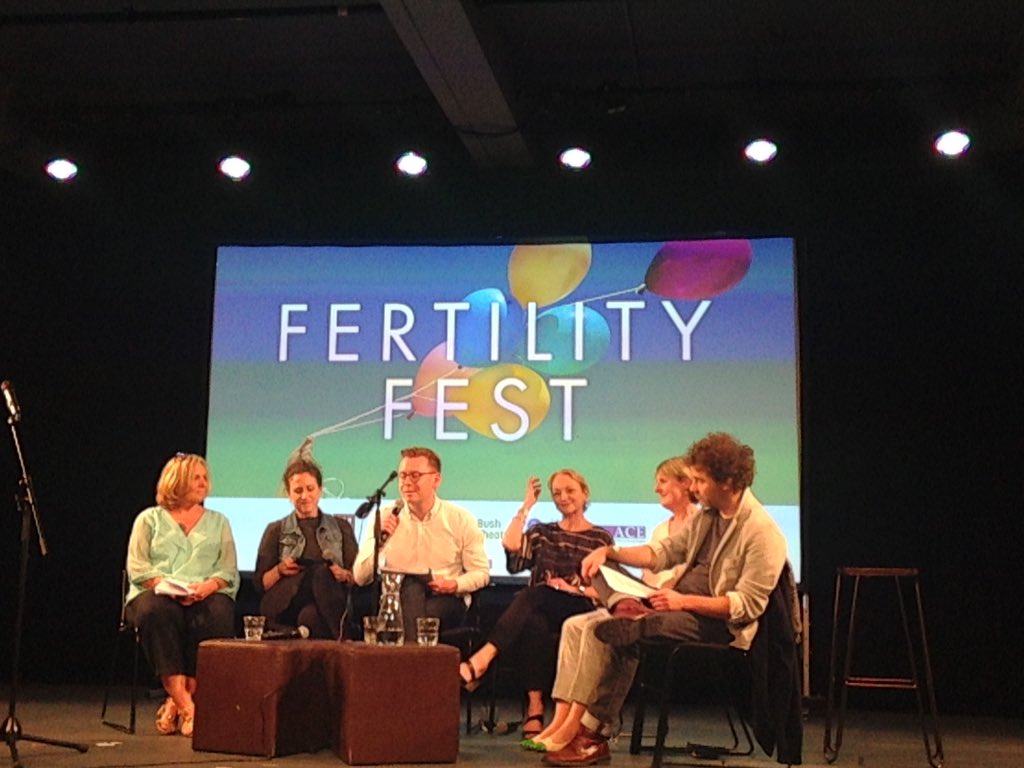
Qualitative health researchers are well aware that we work in a world dominated by big data, quantitative research, and the gold standard of randomized controlled trials (RCTs). Upon hearing about a conference focused not only on contemporary health issues, but also on qualitative methods, the RHB team jumped at the chance to participate. Not unexpectedly, we are very glad we did.
The QHRN 2019 conference held last week on March 21-22 in London highlighted the diversity and richness of qualitative methods used by attendees. Our panel, entitled “Critical perspectives and social theory” allowed us to present our work alongside other critical health scholars. The topics discussed included maternal care (Lianne Holten), dieting (Hilla Nehushtan), community health work (Ryan Logan), and LGBTQ+ mental health (Rachael Eastham).
The use of innovative methods was a recurrent theme throughout the meeting. Presenters made me reflect on all the different ways we can use the internet, for example. Stephanie Lanthier’s (University of Toronto) presentation opened up discussions about using online forums for collecting data, while Carmel Capewell (Oxford Brookes University) talked about some of the limitations of online resources for patients with rare illnesses. I especially appreciated Jenevieve Mannell’s (UCL) presentation and thoughts on qualitative data collection in trial protocols. This discussion highlighted how much we still need to push for the integration of diverse methods into mainstream research. The lack of interest in qualitative methods in the RCT world comes as a result of problematic hierarchical approaches to data. Although qualitative researchers do not dispute the need for RCTs, we also believe there is much more we need to know about health outcomes and the patient experience in order to make informed policy decisions.
Last but not least, the conference symposium introduced us to the use of Story Completion in research – a novel topic for many attendees, including me. Naomi Moller from The Open University walked the audience through the exciting possibilities that such a method offers qualitative researchers. What is Story Completion? you might ask. It is a qualitative research method where participants express their views on topics by finishing a story that was started by the researcher. More specifically, symposium presenters talked about projects where they used Story Completion to collect data. Virginia Braun (The University of Auckland), for example, spoke about using the method in research on healthy eating views, while Toni Williams (Leeds Beckett University) used it to explore narratives of disability and physical activity. Although the method might sound straightforward, presenters made it clear that one must pay careful attention to context, characters, and making sure that the story elicits interest and richness in the participant responses. Story Completion is an exciting method that I will surely consider using in the future.
Needless to say, with such a wealth of information and topics discussed, QHRN 2019 was definitely a great start to our conference season!



